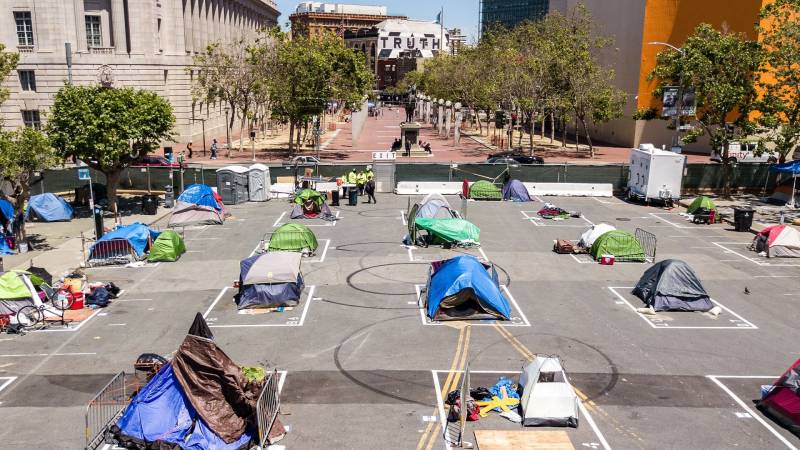Last week marked the launch of
CityOne, a “serious game†developed by technology giant IBM. Part of the Big Blue’s broader “Smarter blank†initiatives – which include Smarter Cities, Smarter Planet and Smarter Buildings, among others – the game is intended to help business and civic leaders (or indeed anyone with a flash enabled browser) gain a better understanding of some of the challenges that are facing modern day urban areas, and how technology might play a role in addressing them.
While comparisons have been made to SimCity, unlike the popular Maxis title, the object isn’t to build a city. Rather, players are faced with a series of problem scenarios related to four sectors – energy, water, banking and retail – and ask to choose a solution that can help make things work better (or should I say, smarter). Once players complete 10 rounds, the game provides an assessment of your performance, and classifies you as one of five types of leaders – pragmatic, conservative, short-term oriented, futurist or evasive (if you happen to “ignore the problem†too many times). There’s also high score board and map showing players from all over the world.
According to IBM’s press release, CityOne requires players to “balance the city’s financial, environmental and sociological interests†while “attaining revenue and profit goals, increasing customers’ and citizens’ satisfaction, and making the environment greener†– all with a limited budget. While that description certainly captures some of the challenges of managing a real city, playing the actual game feels a little like running a city like a management consultant. For every situation, it seems that there’s a technology or process improvement that is waiting in the wings that gives everyone more information, increases profits and customer satisfaction, and improves the environment in one fell swoop (and hey, is cheaper to boot!).
Obviously, investing in smart and customer focused technology and processes is probably going to be a good thing for many cities – as it has been for many businesses. But for all the media hype (and the undoubted brain power of IBM), CityOne seems a bit too simplistic. Playing the game, the budget rarely seems to be a problem. Issues like transportation, education, or food have been left out in favor of banking and retail – which aren’t exactly in the realm of city leaders. And there are too many obvious choices (i.e: to protect water supplies from terrorists, should you a) create an advisory board; b) test the water more regularly; or c) invest in “advanced smart water monitoring†– with choice “c†being the cheapest. Duh!).
You might say I can’t really fault IBM. Naturally one of the company’s main goals with CityOne is to explain and market solutions for improving systems to the public (hence the lengthy registration process designed to harvest contact information). Based on that criterion, CityOne does a great job. As technology doesn’t provide an answer for many of the tough urban policy choices (like raising transit fares and cutting service versus implementing congestion pricing),
maybe that’s all it can do. Still, I’d be more excited if CityOne tried a bit harder to explore some tougher issues (like choosing between local organic produce versus industrialized agriculture after comparing yields, prices and environmental costs, or maybe the costs and advantages of rail versus bus rapid transit). Perhaps in version 2.0.







